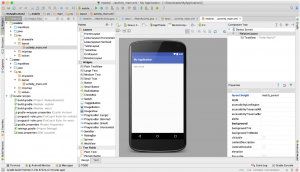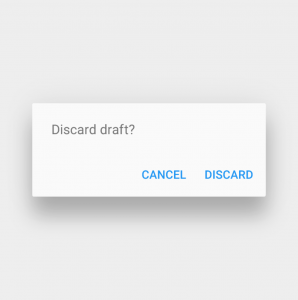1Introduction
Welcome to the world of Apple’s mobile platform, you must be here to learn about the basics of iOS development. Here we will give you a guide to learn the process from the ground all the way to an experienced developer. With time and dedication, you can make it happen on your own, just make sure not to give it up before the finish line.
Nowadays, in the time of cloud computing, it’s easy to start learning even without a single Apple device. Back in the day, when Objective-C was the only way to code for iPhone, it was thought difficult to learn even the basics of iOS development.


